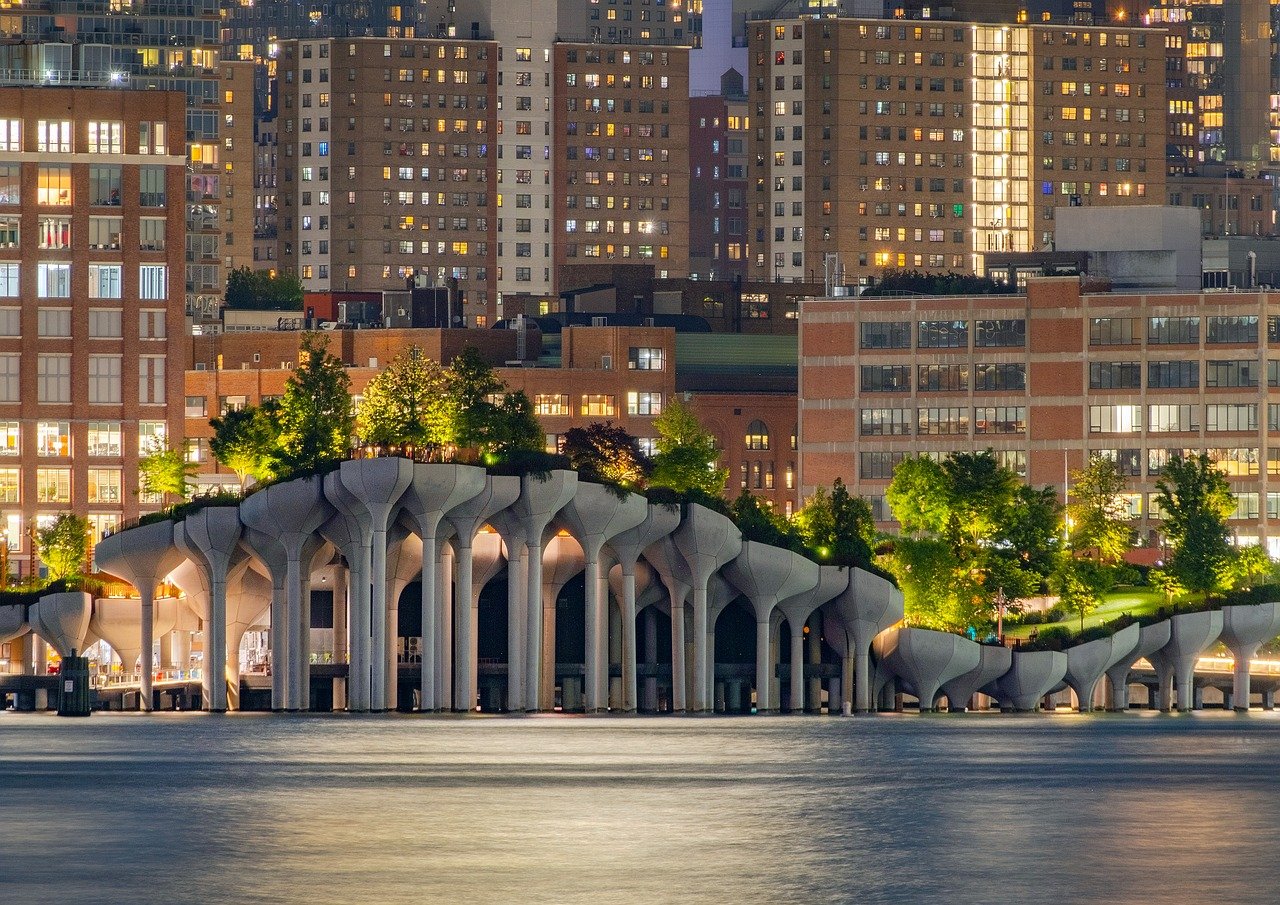Have you ever wondered where you should travel if you want to step back in time and really feel the history around you? Whether you’re an avid history buff or just looking to enrich your travel experience with some culture, visiting historical sites can be incredibly rewarding. These places have stories to tell and countless secrets to reveal. Let’s look at the top 10 historical sites you should consider for your next vacation.
🌴 Get Your FREE Bahamas Checklist!
Perfect for planning your island escape 🌊
We respect your privacy. Unsubscribe anytime.
Powered by greattravelnews.com

1. The Great Wall of China
Built over several centuries, the Great Wall of China is more than just an architectural wonder; it’s a testament to human ingenuity and perseverance.
Construction and Purpose
Constructed mainly between the 14th and 17th centuries during the Ming Dynasty, the wall stretches over 13,000 miles. It was originally built to protect Chinese states and empires against the invasions of nomadic groups from the Eurasian Steppe. The wall also served to regulate trade along the Silk Road, control immigration and emigration, and serve as a transportation corridor.
Visiting Tips
When planning your visit, consider heading to some less touristy sections like Jinshanling or Simatai for a quieter experience. Fall and spring are excellent times to visit due to the mild weather conditions.
2. The Colosseum, Italy
Few historical sites can match the drama and grandeur of the Colosseum in Rome. A symbol of ancient Roman engineering and gladiatorial combat, the Colosseum remains a must-see for anyone visiting Italy.
Historical Significance
Built between AD 70 and 80, the Colosseum could hold up to 80,000 spectators. It was used for gladiatorial contests, public spectacles like mock sea battles, animal hunts, executions, re-enactments of famous battles, and dramas based on classical mythology.
Travel Advice
To beat the crowds, try visiting early in the morning or just before closing. Don’t forget to check out the Roman Forum and Palatine Hill, which are located nearby and are included in the same ticket.
3. Machu Picchu, Peru
Nestled high in the Andes Mountains, Machu Picchu offers more than breathtaking views; it provides a glimpse into the Inca civilization.
Historical Background
Constructed in the 15th century, this Incan citadel was largely unknown to the outside world until American historian Hiram Bingham brought it to international attention in 1911. The site includes more than 150 buildings ranging from baths and houses to temples and sanctuaries.
When to Visit
The best time to visit is during the dry season, from May to September. You can reach Machu Picchu by train or by trekking the famous Inca Trail, depending on your sense of adventure.
4. The Pyramids of Giza, Egypt
The iconic Pyramids of Giza have intrigued historians, archaeologists, and travelers alike for centuries. They stand as lasting monuments to ancient Egyptian civilization.
Construction and Purpose
These pyramids were built as tombs for the Pharaohs and are more than 4,500 years old. The Great Pyramid of Giza is one of the Seven Wonders of the Ancient World and remains largely intact.
Traveler’s Notes
To get the most out of your visit, hire a knowledgeable guide who can provide insight into the history and significance of the different structures. Early morning or late afternoon visits are preferable to avoid the midday heat.

5. Petra, Jordan
Petra is often described as one of the most stunning archaeological sites in the world. Known as the “Rose City” due to the color of the stone, it was the capital of the Nabataean Kingdom.
Historical Background
Carved into the cliffs by the Nabataeans, an Arab tribe, Petra thrived as a trading center and the heart of their civilization. It dates back to around 300 BC and features intricate tombs, temple facades, and an expansive Roman-style amphitheater.
Visiting Tips
To truly appreciate Petra, plan to spend at least two days exploring. Be prepared for a lot of walking, and make sure to stay until nightfall to witness the beautiful candlelight display known as “Petra by Night.”
6. Angkor Wat, Cambodia
Angkor Wat is not just a temple; it is the largest religious monument in the world. It’s an architectural masterpiece of the Khmer Empire and a symbol of Cambodia.
History and Architecture
Built in the early 12th century by King Suryavarman II, Angkor Wat was initially a Hindu temple before converting to Buddhism. Covering about 400 acres, the complex is known for its intricate carvings and grand scale.
Best Time to Visit
The best time to visit is from November to February when the weather is cooler. Hire a local guide to fully appreciate the rich history and detailed carvings. Consider exploring the site in the early morning to catch the stunning sunrise views.

7. The Acropolis, Greece
The Acropolis of Athens is an ancient citadel featuring several significant buildings, most notably the Parthenon, which provides key insights into ancient Greek civilization.
Historical Context
Situated on a rocky outcrop above the city of Athens, the Acropolis was constructed in the 5th century BC. The Parthenon is an enduring symbol of Ancient Greece and a testament to classical architecture.
Visiting Tips
You may want to visit early in the morning or late in the afternoon to avoid large crowds and the heat. Don’t miss the Acropolis Museum, which provides an excellent context for what you’re seeing.
8. Stonehenge, England
Stonehenge is one of the most famous prehistoric monuments in the world. This ring of standing stones has captivated both the public and historians for generations.
Origins and Theories
Believe to have been built between 3000 and 2000 BC, Stonehenge’s exact purpose is still debated. Theories range from it being an astronomical observatory to a site for religious rites.
Practical Advice
To get the best experience, consider booking a special access tour which allows you to walk among the stones, as general admission only permits viewing them from a distance. Summer solstice is a popular time to visit due to the unique sunrise and crowd of modern-day druids.
9. Alhambra, Spain
Situated in Granada, the Alhambra is a stunning example of Moorish architecture and a UNESCO World Heritage site. It offers both architectural beauty and scenic views.
Historical Insights
Originally constructed as a small fortress in AD 889 on the remains of Roman fortifications, the Alhambra was rebuilt in the mid-13th century by the Nasrid emir Mohammed ben Al-Ahmar. The site combines Islamic art with Western architectural elements.
Visitor Tips
Book your tickets well in advance, as entry is limited and slots fill up quickly. Be sure to explore the Generalife gardens and the Palace of the Lions, both of which are highlights of any visit.
10. Taj Mahal, India
The Taj Mahal is not just an architectural marvel; it’s a symbol of love and one of the most recognizable buildings in the world.
History and Construction
Commissioned in 1632 by the Mughal emperor Shah Jahan in memory of his favored wife, Mumtaz Mahal, the Taj Mahal is renowned for its stunning white marble and intricate designs. It exemplifies Mughal architecture and incorporates elements from Islamic, Persian, Ottoman Turkish, and Indian architectural styles.
Visiting Guidelines
The best times to visit are early morning or late afternoon to experience the monument in soft light and avoid the biggest crowds. Don’t miss the opportunity to see the Taj Mahal’s reflection in the adjacent pool.
Conclusion
Each of these top historical sites offers a rich tapestry of culture, architecture, and history. Visiting these locations will provide you with a deeper understanding of human history and the civilizations that have shaped our world. So, pack your bags and prepare to step back in time!




